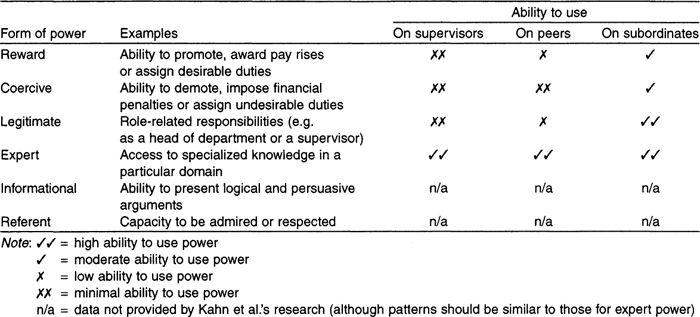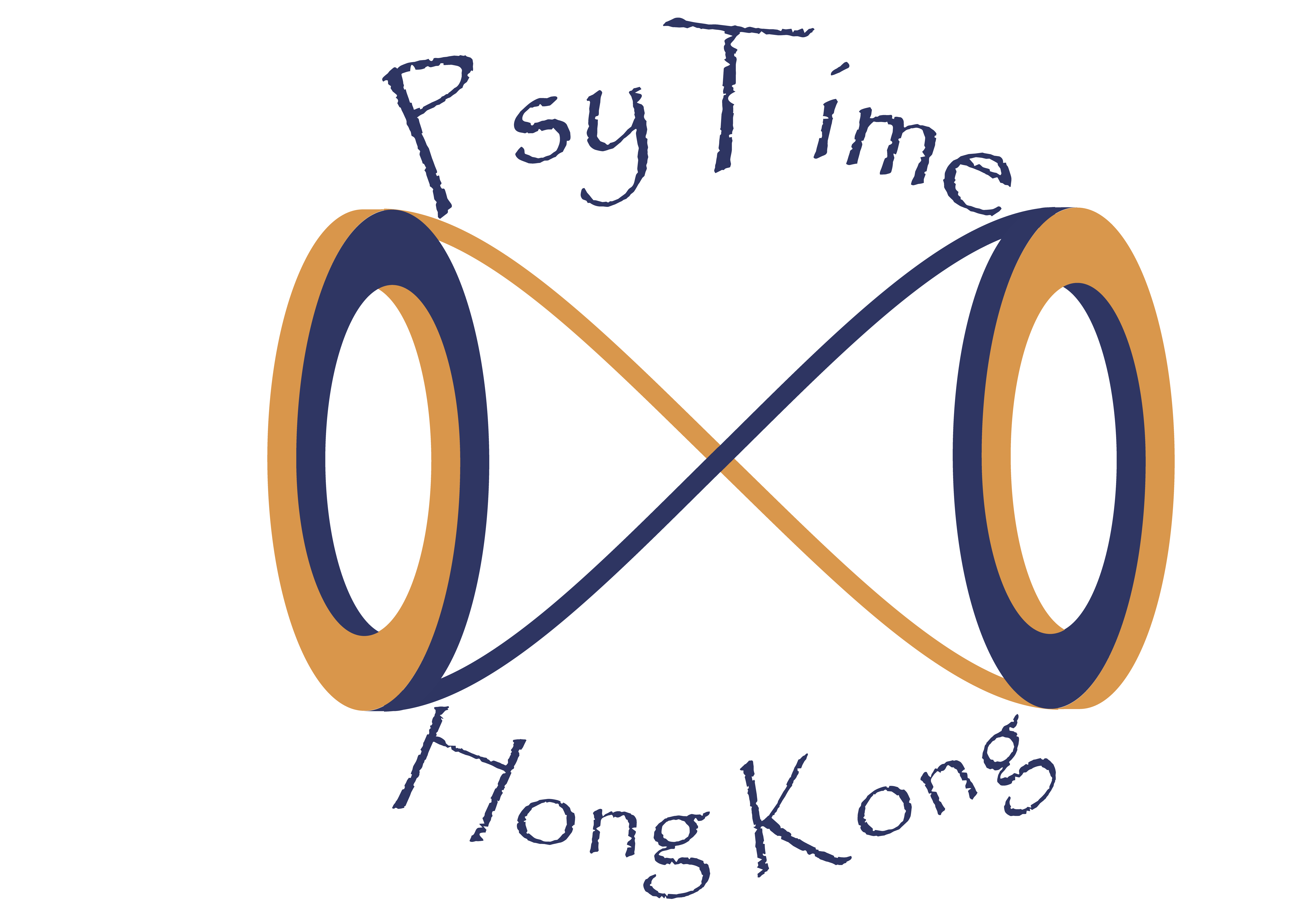權力的分類學方法
權力是嵌入在社會關係中的,其中一方(個人或群體)通過其所擁有(或被認為擁有)的資源能夠對另一方施加其意願。根據Franch and Racen (1959) 提出的分類方法,權力可以通過幾種渠道實現,每種渠道都與擁有特定物質和心理資源有關。
當中包括:
(a)獎勵 Reward: 晉升、獎勵加薪或分配理想職責的能力
(b)脅迫 Coercive: 降職、處以經濟處罰或指派不良職責的能力
(c)專業知識 Expert: 獲取特定領域的專業知識
(d)合法性 Legitimate: 與角色相關的職責(例如,作為部門主管或主管)
(e)討人喜歡程度 Likeableness: 受到欽佩或尊重的能力
(f)信息 Informational: 提出邏輯和有說服力的論點的能力
這些觀念涵蓋了人們在組織中獲得權力的主要手段。
權力使用的形式取決於結構因素和個人特徵,當中包括:
(a)職位或結構地位 Office/Structural Position
(b)個人特徵 (尤其是魅力和領導潛力) Personal Characteristics (especially charisma and leadership potential)
(c)專業知識 Expertise
(d)機會 Opportunity
因此,研究顯示,人們如何和何時使用權力在很大程度上取決於多種因素的相互作用。
References:
French, J.R.P., & Raven, B. (1959) ‘The bases of social power’, in D.Cartwright(ed.), Studies in Social Power. Ann Arbor, MI: Institute for Social Research. pp. 150–67.
Haslam, S. A. (2004). Psychology in Organizations: The Social Identity Approach (Second Edition) (2nd ed., pp. xxvi–xxvi). SAGE Publications, Limited. https://doi.org/10.4135/9781446278819
Kahn, R.L., Wolfe, D.M., Quinn, R.P., Snoek, J.D., & Rosenthal, R.A. (1964) Organizational Stress: Studies in Role Conflict and Ambiguity. New York: Wiley.
Table for Taxonomic Approach of Power
French and Raven’s (1959; Raven, 1965) typology of power and employees’ ability to use some of the different forms in organizational settings (based on Kahn et al., 1964)

